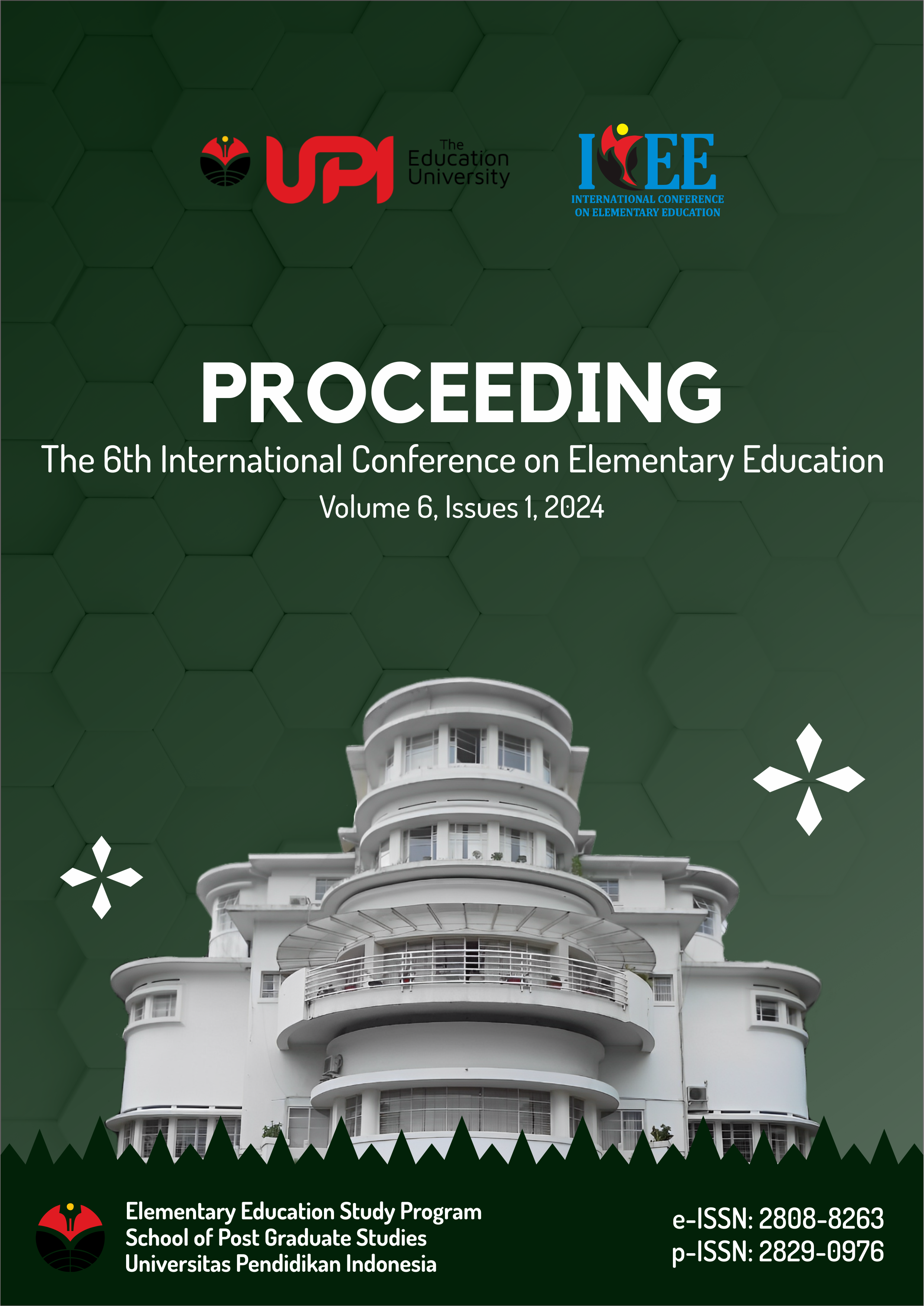The Analysis Of Students' Critical Thinking Abilities in Solving Mathematical Problems on Rectangular Material
Abstract
Critical thinking ability are needed in solving mathematical problems to determine initial ideas so that they can determine solutions well. Critical thinking ability is the ability to understand and think carefully so that you can decide and conclude an idea effectively. This research aims to determine students' critical thinking abilities in solving mathematical problems on rectangulars. This research was conducted at SDN Cisitu Bandung with the research subjects being class V students. The research method used was descriptive qualitative. The data collection techniques used in this research were tests and interviews. The data was analyzed by data reduction, data presentation, and drawing conclusions. The research results show that students' critical thinking abilities in solving problems vary. This can be seen from the achievement of critical thinking indicators by students. This research obtained the results: 1) students with high problem solving abilities have high critical thinking abilities, because they can fulfill all critical thinking indicators; 2) students with moderate problem solving abilities have a moderate critical thinking ability because they can fulfill 5 critical thinking indicators; 3) students with low problem solving abilities have low critical thinking abilities because they are able to fulfill 2 critical thinking indicators. abstract describes problems, objectives, methods, results, and conclusions. There are no quotes in the abstract section.
Copyright (c) 2024 Ulfi Silmi, Wahyudin

This work is licensed under a Creative Commons Attribution 4.0 International License.















